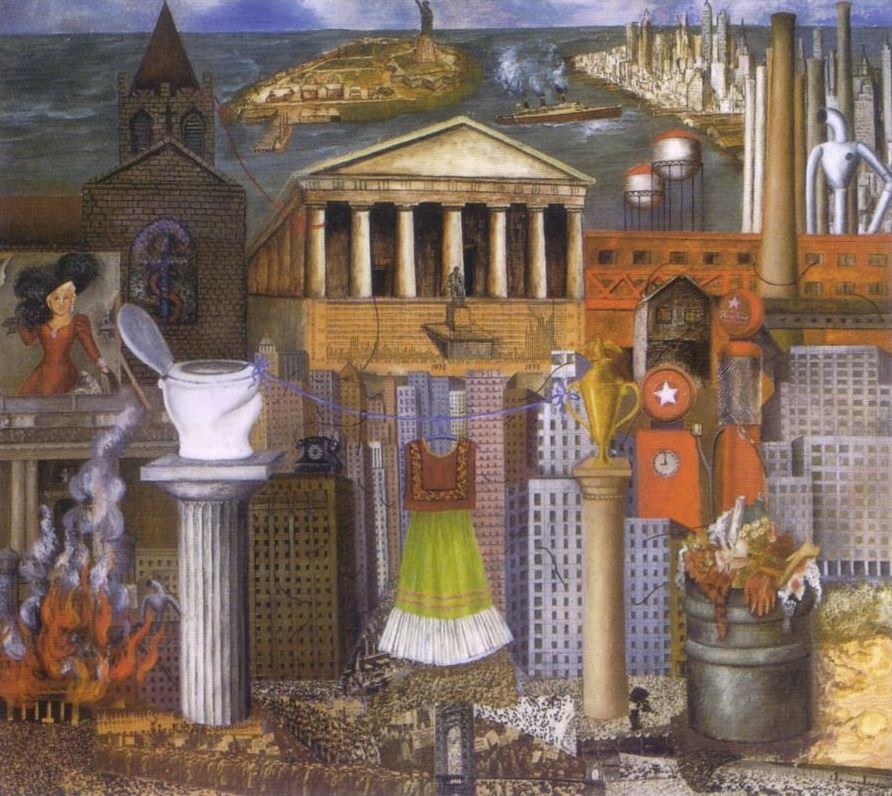|
When we think about women’s issues in the world, we often think about the wage gap in the United States, or maybe bride burnings in India and gendercide in China. We think of all the big picture issues, which, yes, are very important, but we often overlook the little issues. These little issues are just as important, because they are easier to address than widespread female genitalia mutilation (FGM) in Kenya. Over a year ago, on April 14, 2014, more than 200 schoolgirls were kidnapped by the terrorist group Boko Haram from Chibok, Nigeria. This kidnapping, while not uncommon in the country, received global media attention (as it should). According to a New York Times piece published back in April of 2015 by Adam Nossiter, “The majority [of the kidnapped girls remain missing, forced into ‘marriage’ by their captors, forced to cook and do chores for them, or killed by them.”
But this kidnapping happened more than a year ago, why is it still relevant? While it is also disheartening to learn that a terrorist group has kidnapped and killed large groups of civilians, it is especially saddening to learn that girls and women were primary targets. The 200+ schoolgirls kidnapped in Nigeria show that 1) being a woman in the world is still hard, and you are more likely to be targeted by political agendas and extremities, 2) that even going to school can’t protect you from dangers, and may even deter you from receiving your education, and 3) the world will soon forget about you because you are only 200+ Nigerian girls from a continent the world sees little hope for. Nigeria is in a particularly vulnerable state. With a history of political upheaval and instability, its history may seem interchangeable with any other African country (especially when looking from a Western perception of Africa). Boko Haram, like so many Islamist terrorist groups in Africa, has terrorized the country for years. The terrorist organization is believed to be responsible for the kidnapping of more than 2,000 girls and women in Nigeria, according to Amnesty International. But wait, haven’t these girls been found already? Aren’t they home safe? Even a year later, with the Nigerian government working to further combat Boko Haram and take back their northern territories, the girls are still missing. What’s even worse, however, is that even more women and girls have been taken and freed since the kidnapping. Nigeria is in a rut, a continuous cycle where girls and women are kidnapped, and while the government is searching for these people, they stumble upon even more girls and women who were kidnapped months or years prior. I know that for me, a female attending college right now, this story really hit home a year ago. I followed the #BringBackOurGirls social media campaign until it sputtered out of the mainstream line of vision last April, and have been increasingly searching for more updates on the girls. It is sickening to imagine these children being forced into marriages or sold into sexual slavery, instead of furthering their educations and lives as they intended. I can not even begin to understand the sorrow their families feel, and the families of every victim. What can we do to help these girls, and all the other men, women, and children taken by Boko Haram? Remember them. Continue to bring awareness to their kidnappings. Keep pressure on the Nigerian government to continue to search for them. Show Nigeria that the world is still watching, and discourage the actions of Boko Haram (although I doubt that will have much effect). Do not forget the 200 girls taken from Chibok, even if you don’t know where that is or who the girls were. The worst thing you can do is forget them.
0 Comments
Frida Kahlo is one of the most recognizable female Mexican painters in the world. She is best known for her self-portraits and prominent unibrow, challenging white and Eurocentric beauty standards. She is remembered as both a feminist icon and Mexican activist in addition to her status as an artist. It is perfectly acceptable to admire and love the art of Kahlo, as she was very talented and had a lot to say about America, Mexico, and women. But honoring her through t-shirts and other material possessions is not the best way to immortalize her ideas. Every time I see Frida’s face peeking out from under a rolled-up pant leg or from in between a cardigan, I get annoyed. These people who claim to love her so much that they wear her face on their clothing or have large cheap reproductions of her paintings on their walls are forgetting one her most valuable beliefs; Kahlo detested capitalism. She hated everything about it, and its inequality and pettiness. One of her paintings, entitled “My Dress Hangs There” (1933) was created in New York when she travelled there with her husband, Diego Rivera, for one of his mural. According to a website dedicated to her art; “After more than three years of staying in America, Frida started wanting to go back to Mexico desperately. But her husband, Diego Rivera, was enjoying the fame and popularity he got from this country and didn’t want to go back. This painting is the result of this conflict. Frida Kahlo was trying to depict the superficiality of American capitalism. This painting is filled with the icons of modern industrial society of United States but implied the society was decaying and the fundamental human values are destructed.” (from FridaKahlo.org) While Tumblr is not always a credible source, and can be very biased, I found that the community has addressed this issue very well. When searching the tag “Frida Kahlo,” you can find a lot of posts from users articulating why you shouldn’t buy merchandise with Kahlo’s face on it. Check out the following quote from user proletariangothic: “Frida Kahlo disliked white capitalism intensely, so I would recommend not buying images of her on socks or whatever from big box stores especially if you’re white. What I would recommend instead is make your own art and design inspired by her. She taught underprivileged teenagers art in the years leading up to her death. Her class was multicultural due to Mexico accepting refugees from WW2 including Jewish people (she herself was half German Jewish). She was very pro DIY and I think would’ve been flattered by fan art that’s not sold for money.” Long story short, if you actually care and admire Kahlo, stop buying merchandise with her face on it! You don’t need to wear a shirt with her face on it or socks with some bizarre portrait of her on them to let people know you like her. So throw your Frida socks out right now, because you’re not doing her any favors by buying her “merchandise.” If anything, make your own. That’s what Kahlo would really admire!
Note: The photograph of Kahlo’s painting was found here and is definitely not ours |
Archives
April 2020
Categories |


 RSS Feed
RSS Feed
